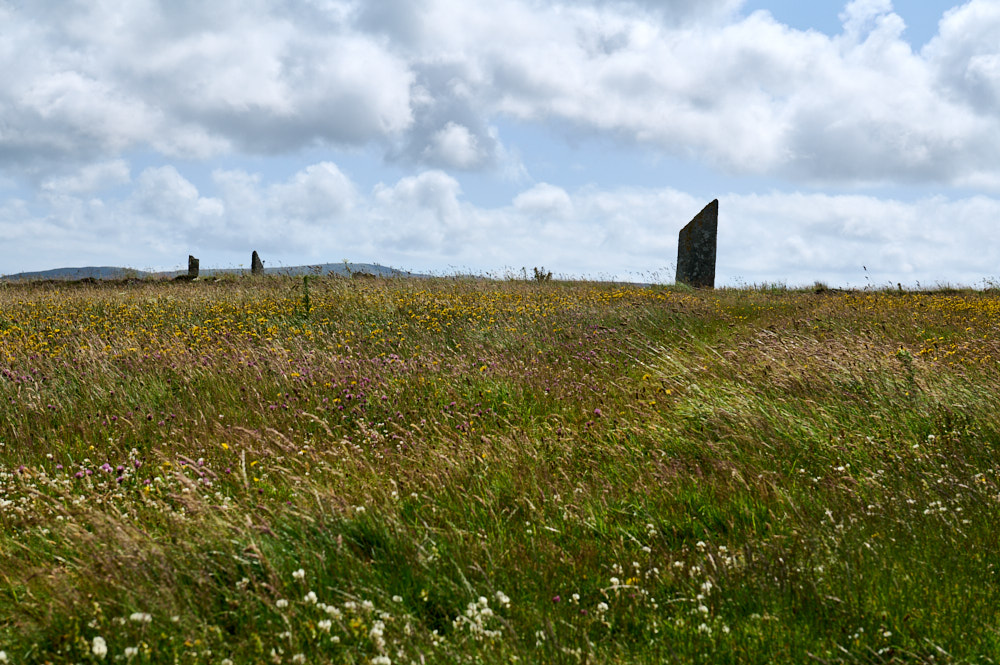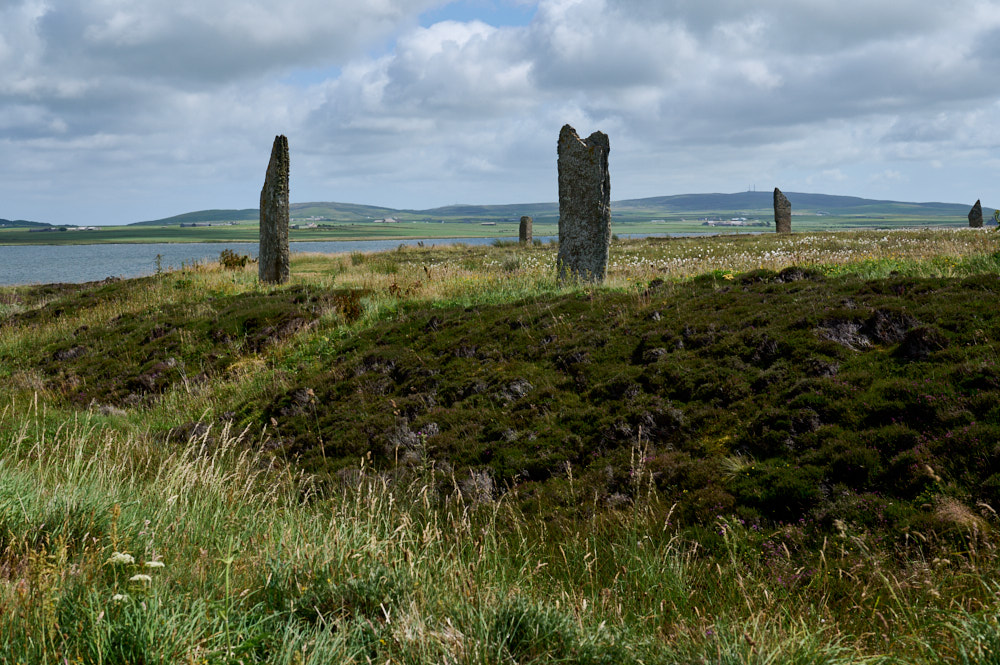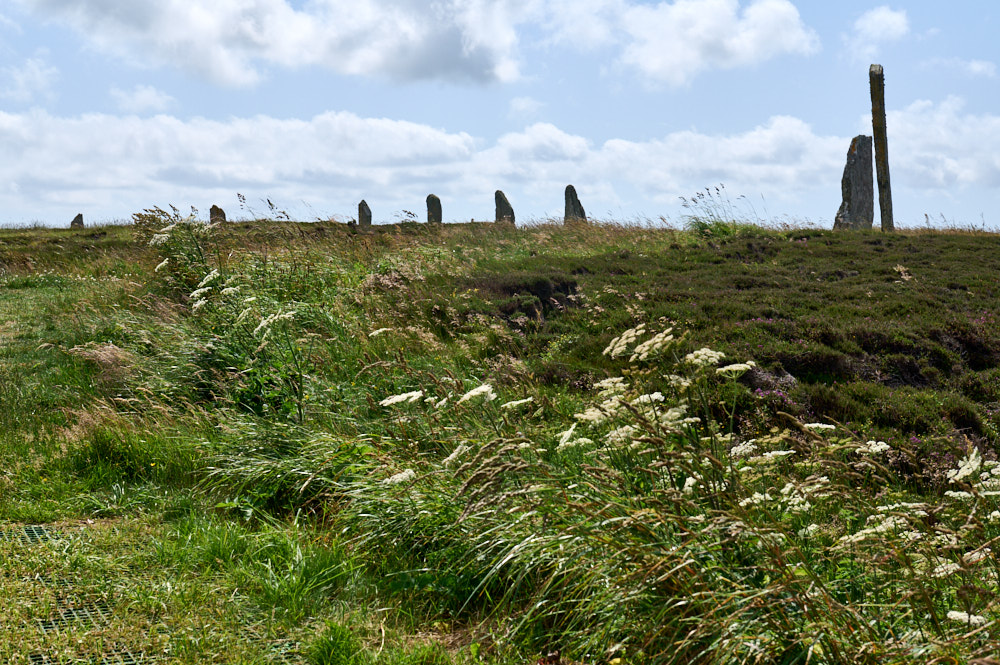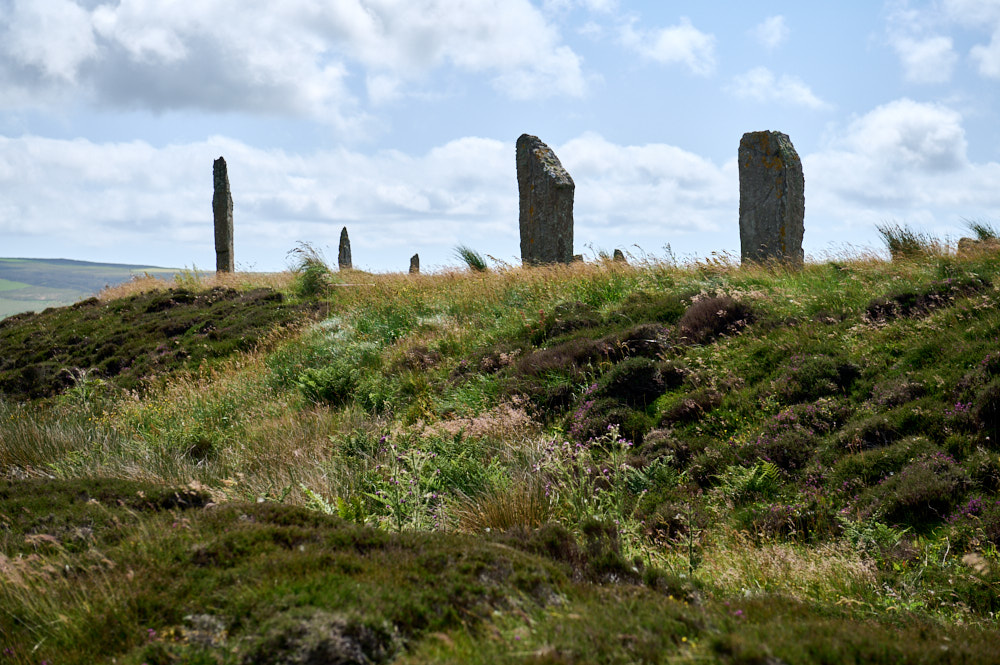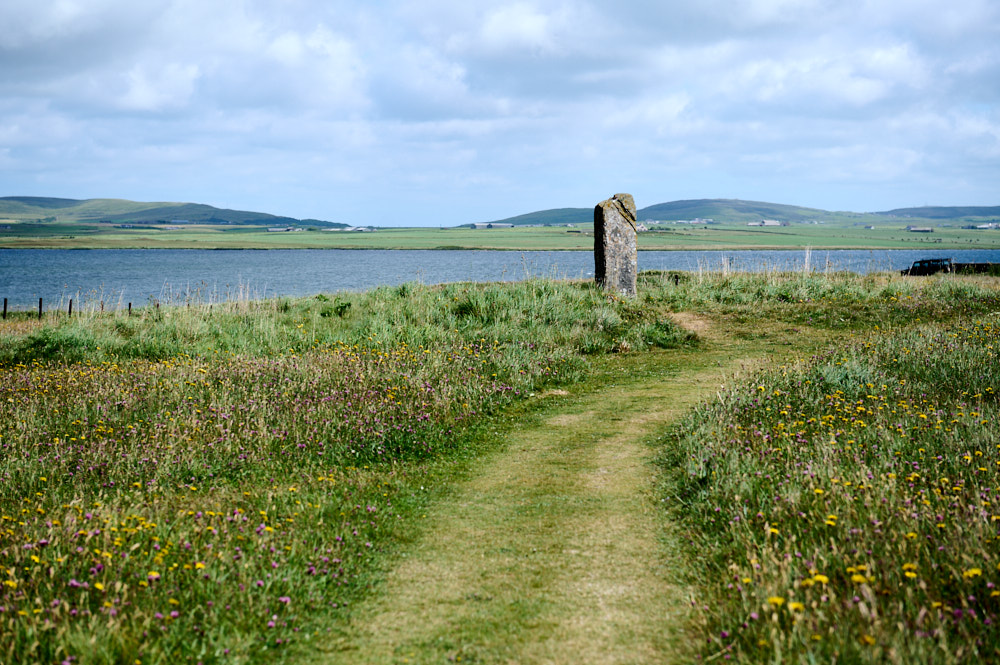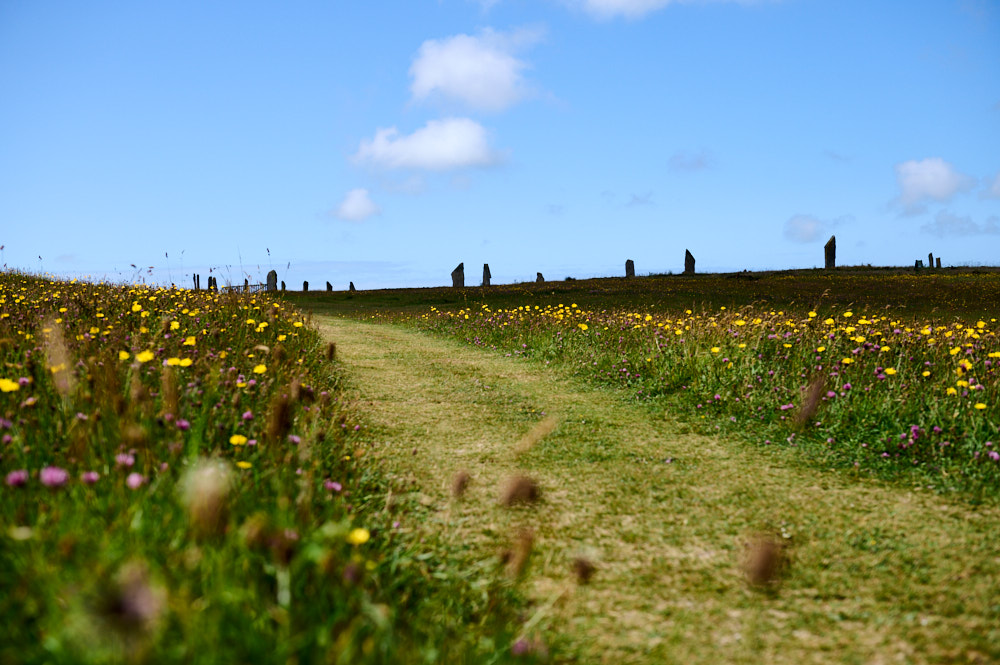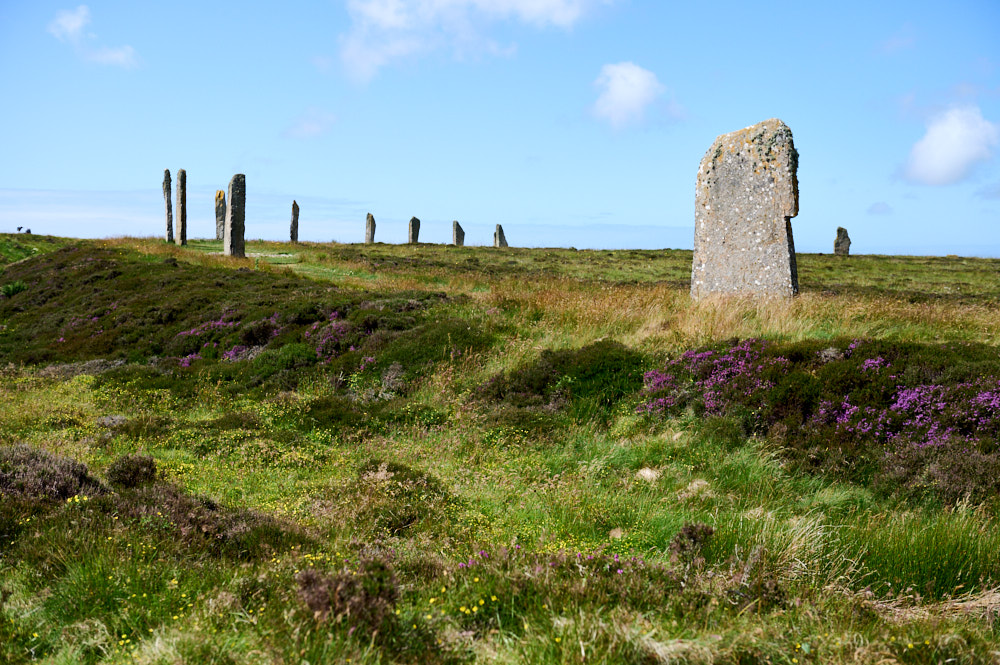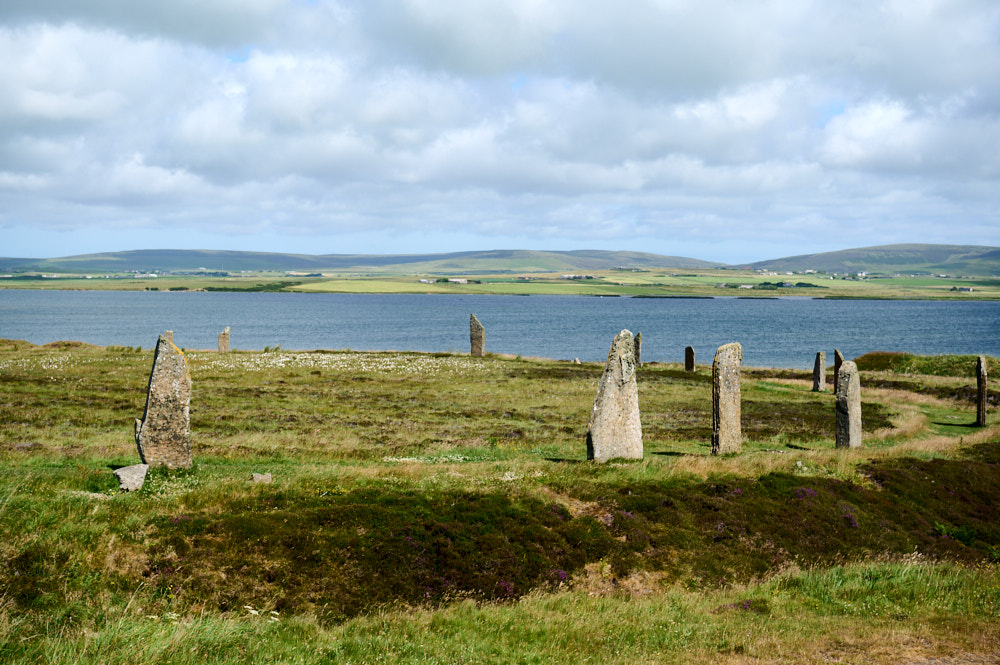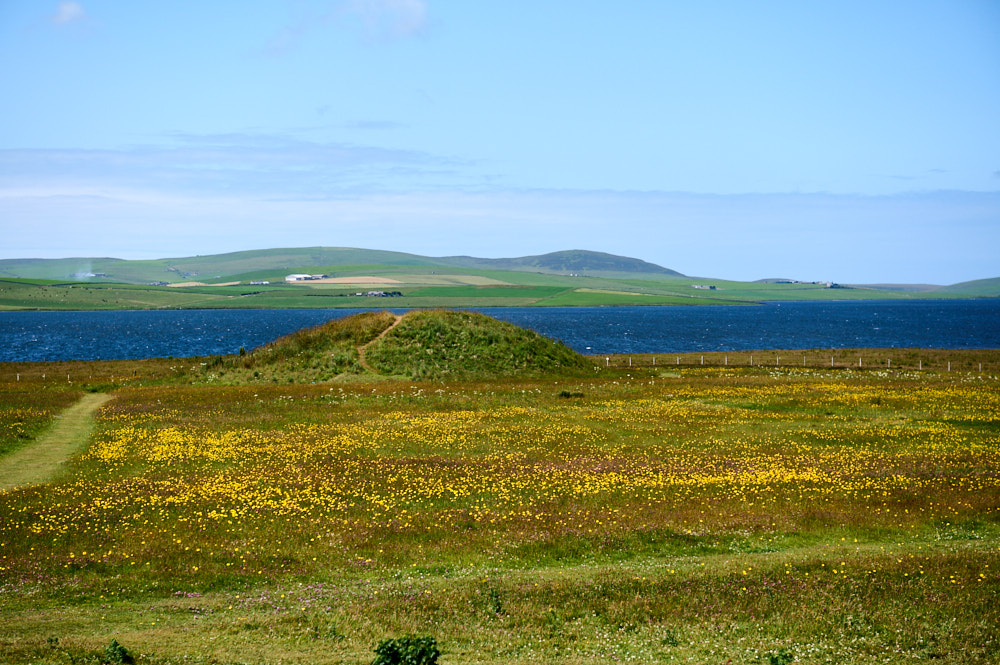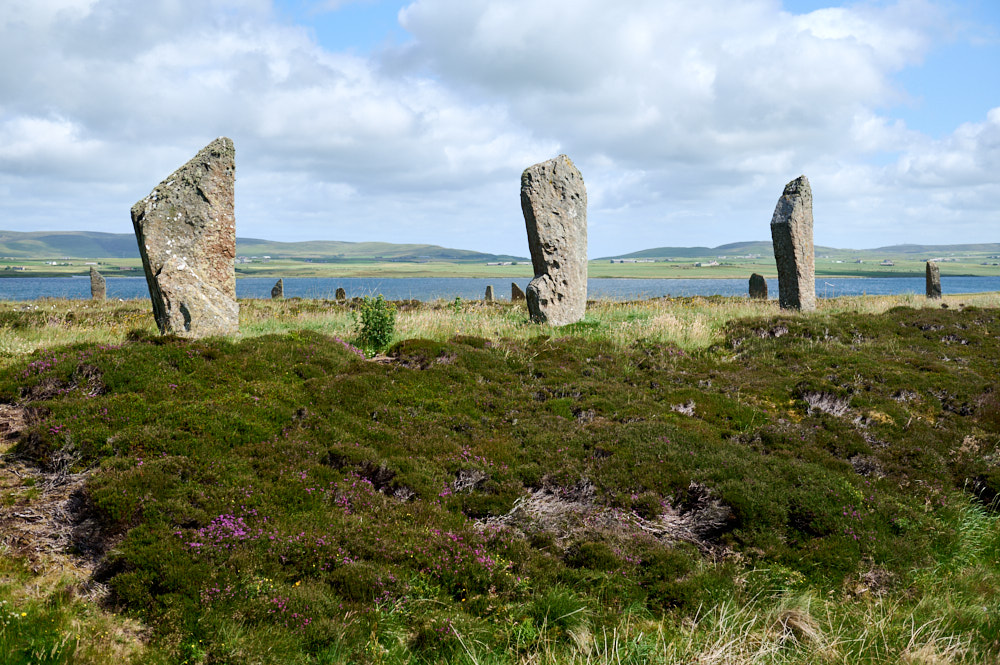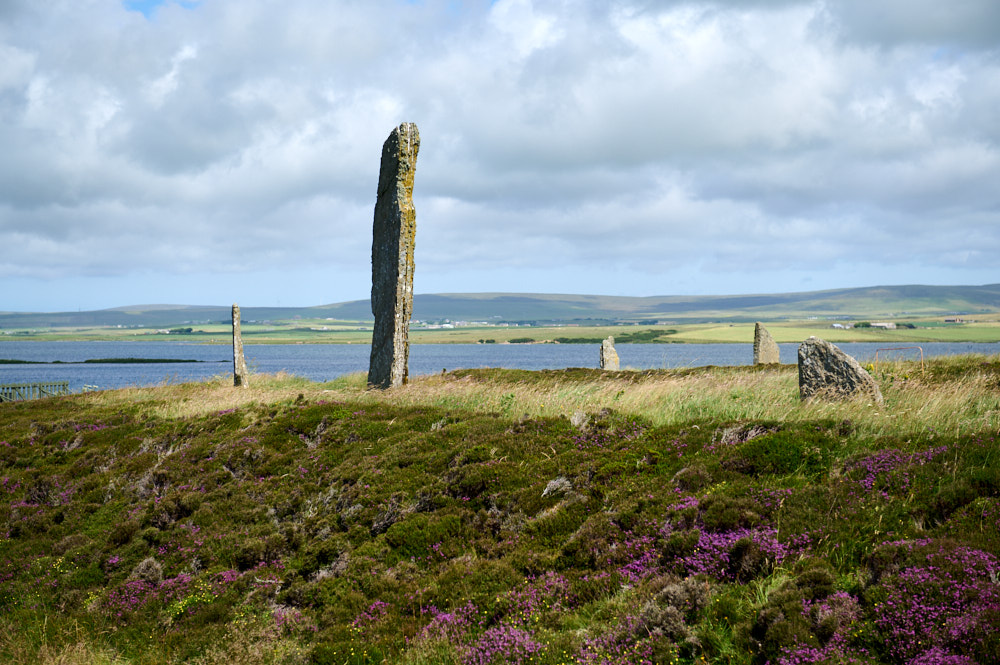
The Knowes of Trotty – I actually “found” them while looking for a nice little walk in Orkney. And taking a little hike to a Bronze Age cemetery really sounded intriguing. I circled around them first as I couldn´t find the starting point for the walk, but in the end I found the tiny parking (on the other side than I thought it was) and was on my way to explore the Knowes of Trotty.
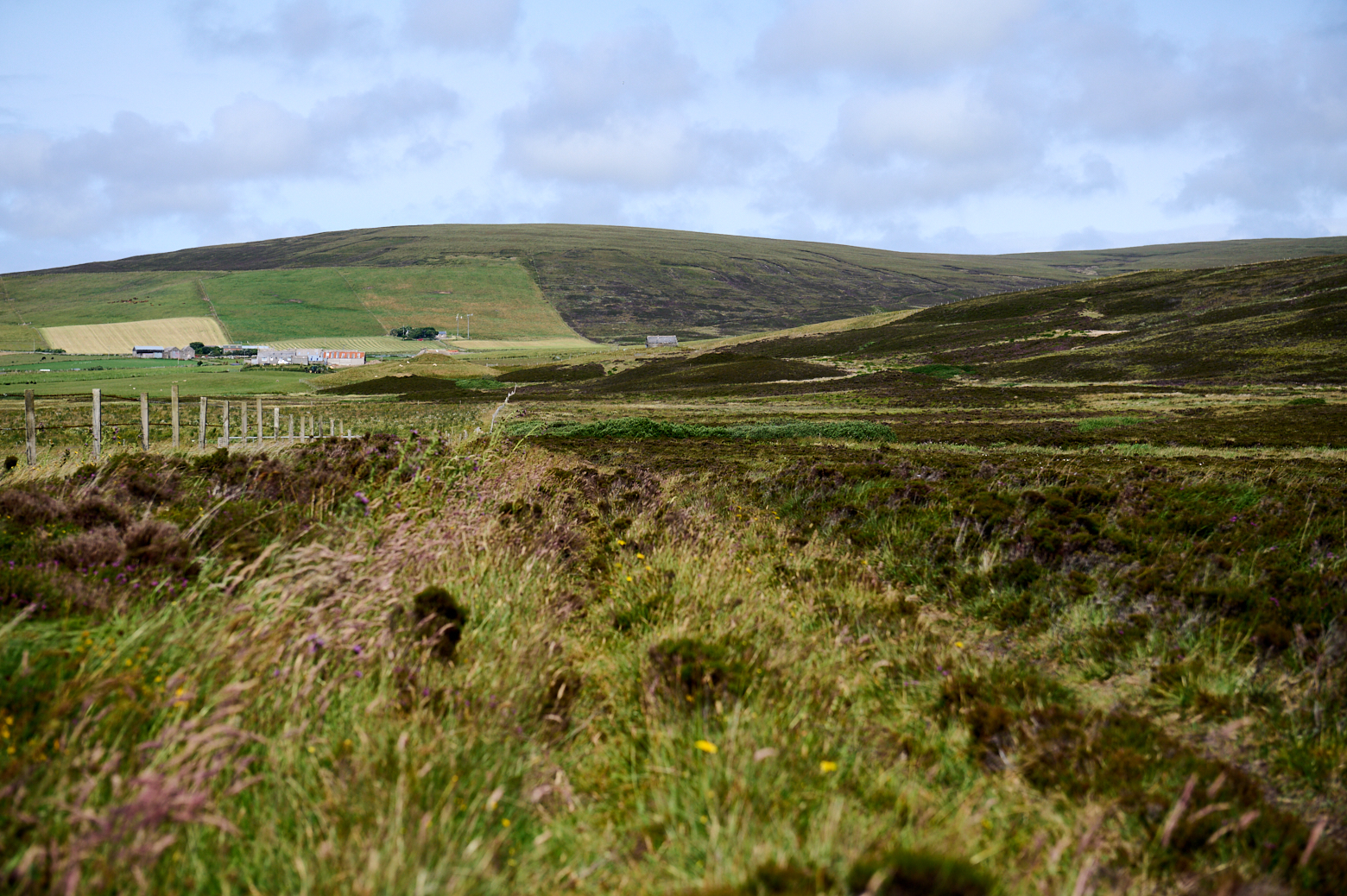
The Knowes of Trotty are found tucked away in the heart of the parish of Harray, in Orkney’s West Mainland. What might look like a patch of land with small hillocks on it is actually one of the largest Bronze Age cemeteries in the UK, featuring up to 16 burial mounds, or barrows. (Orkney.com)
First excavated in the mid 19th century the mounds are believed to be 4000 years old, today they might not be looking that impressive due to erosion, but more than 4000 years ago they would have been visible from all around.
The barrows are stone burial cists covered with a stone cairn and earth, some marked with standing stones. (Orkney.com)

It is a lovely walk through marshland with some little wooden bridges going over wet areas, just hearing birds chirping.
When the biggest mound was opened in the 19th century some golden artefacts from the Bronze Age, which today are on display in the National Museum in Edinburgh.
In 2005, around 150 years after the opening of the cist, archaeologists came back to the Knowes of Trotty and opened the mounds again. They found remains from their Victorian colleagues and had a hard time reconstructing how the barrow originally looked like.
But they were still able to reconstruct the original shape.
The barrow had also been raised on top of a deliberately sculpted, natural mound, presumably to increase its height and enhance the visual effect. There is no doubt the burial monument would have been striking in the landscape – appearing as a conical mound on top of an earthen platform. (NessofBrodgar.co.uk)

Besides bone fragments also some of the lost beads were found.
As well as the gold, the re-excavation produced another five triangular amber beads and a rectangular spacer plate.
The re-excavation allowed the archaeologists to view what Petrie had presumably witnessed in 1857/58. Seeing the cist first-hand, the parallels between its architecture and that of the Early Neolithic were striking – if not slightly puzzling at first. (NessofBrodgar.co.uk)
The cist was very large and look like an early Neolithic stone house – might it have been adapted for the Bronze Age cist?
A possible explanation lay a short distance to the north-east, where, in 2002, the unexpected remains of an Early Neolithic house had been uncovered. Based on its architecture the house clearly dated from the fourth millennium BC.
The building was constructed sometime between 3400BC and 3100BC. The different wall sections showed the house had seen at least three phases of occupation and alteration during its 200-year lifespan. (NessofBrodgar.co.uk)
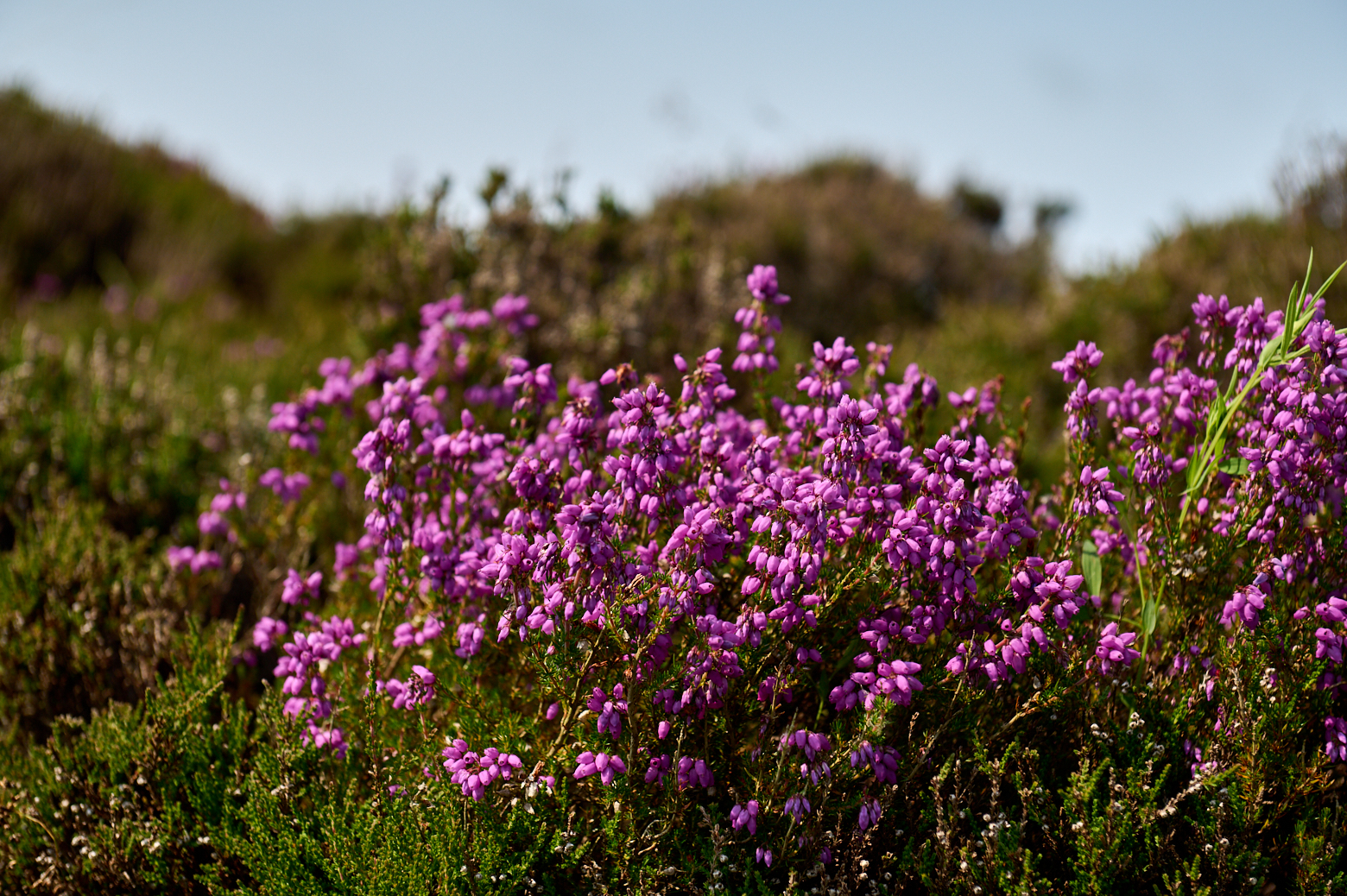
There are theories that the Knowes of Trotty would have been a larger Neolithic settlement built on the natural mounds. These structures had been levelled to allow the barrow’s construction. The barrow probably was then influenced by its preceded buildings.
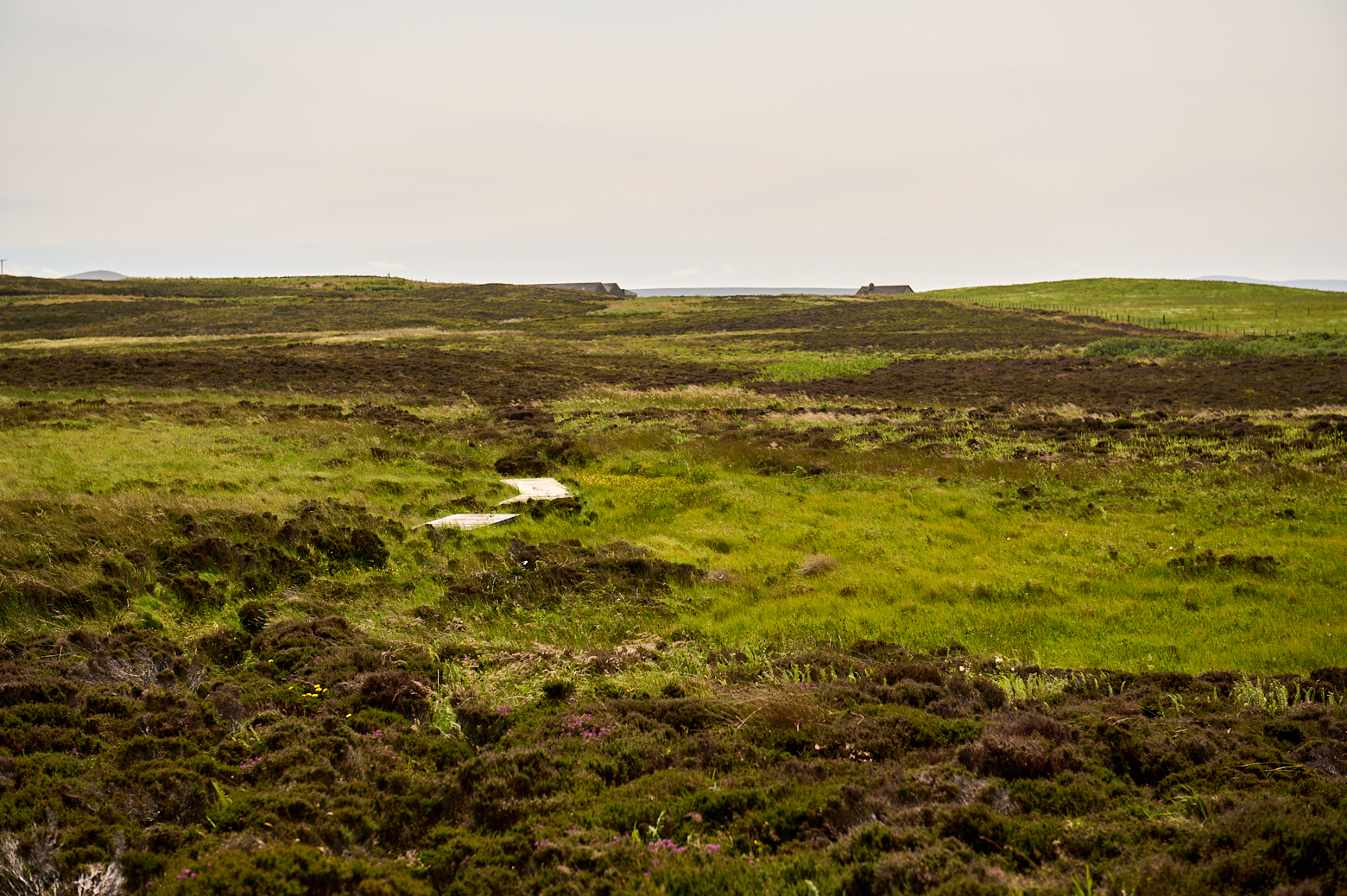
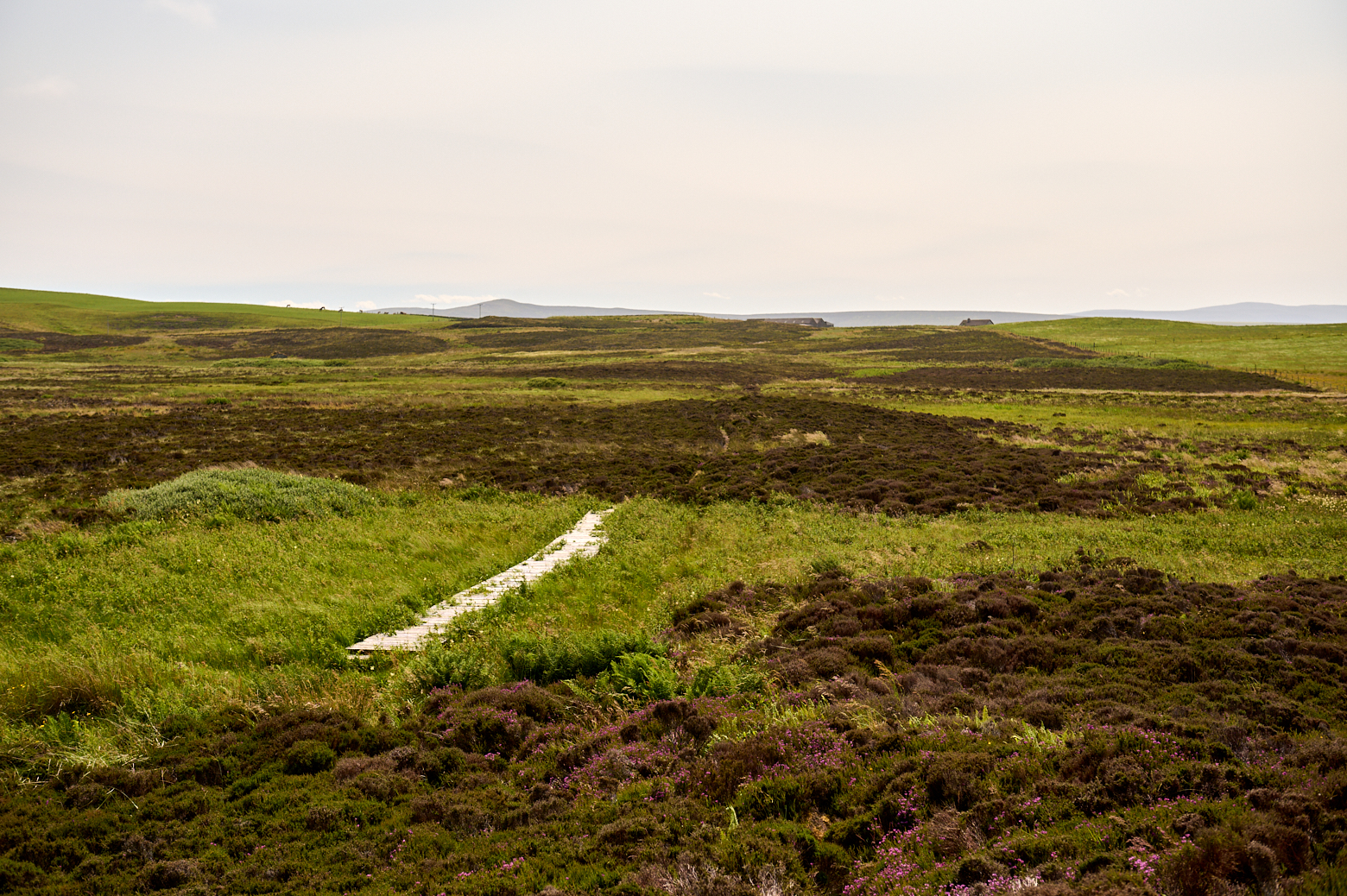
It is a very easy and lovely walk, definitely would recommend it!
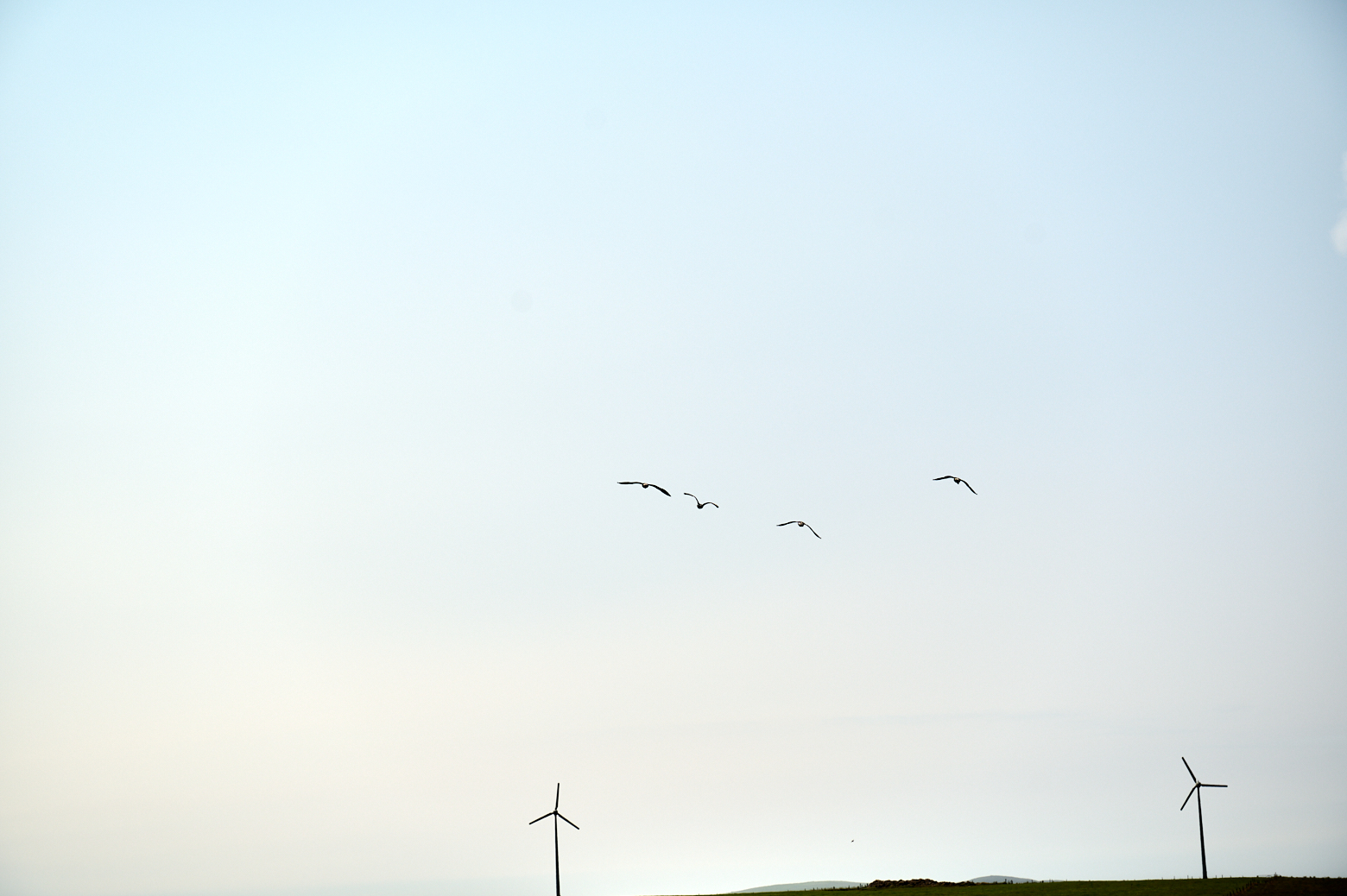
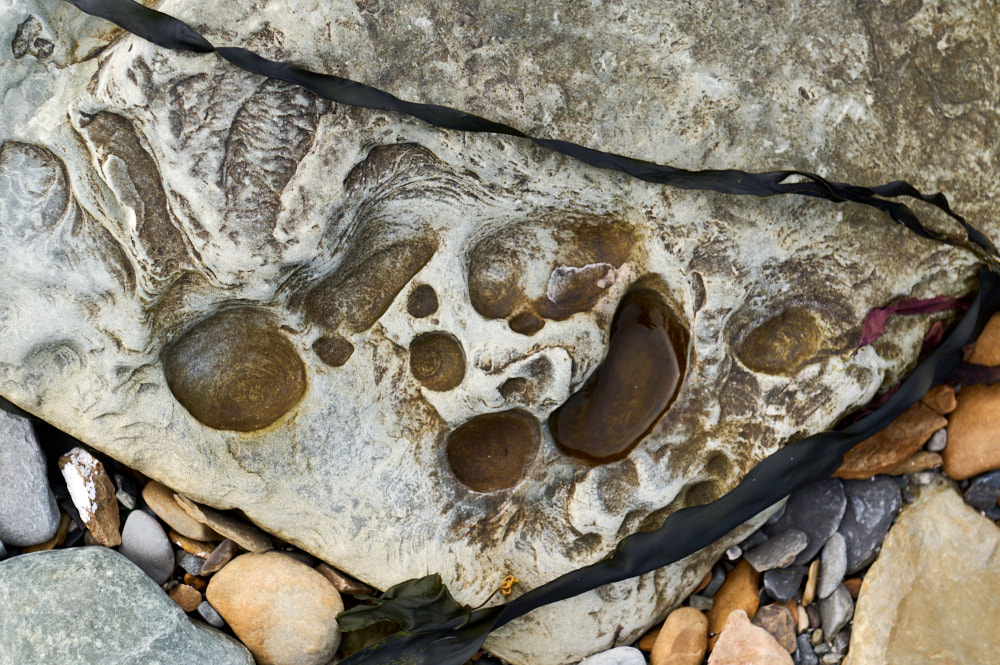
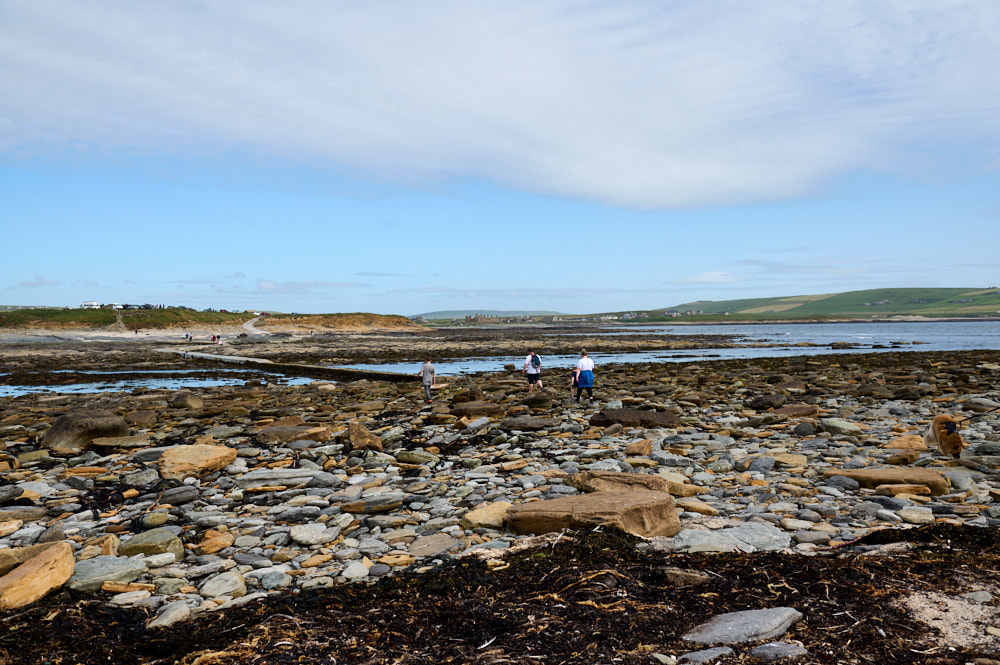
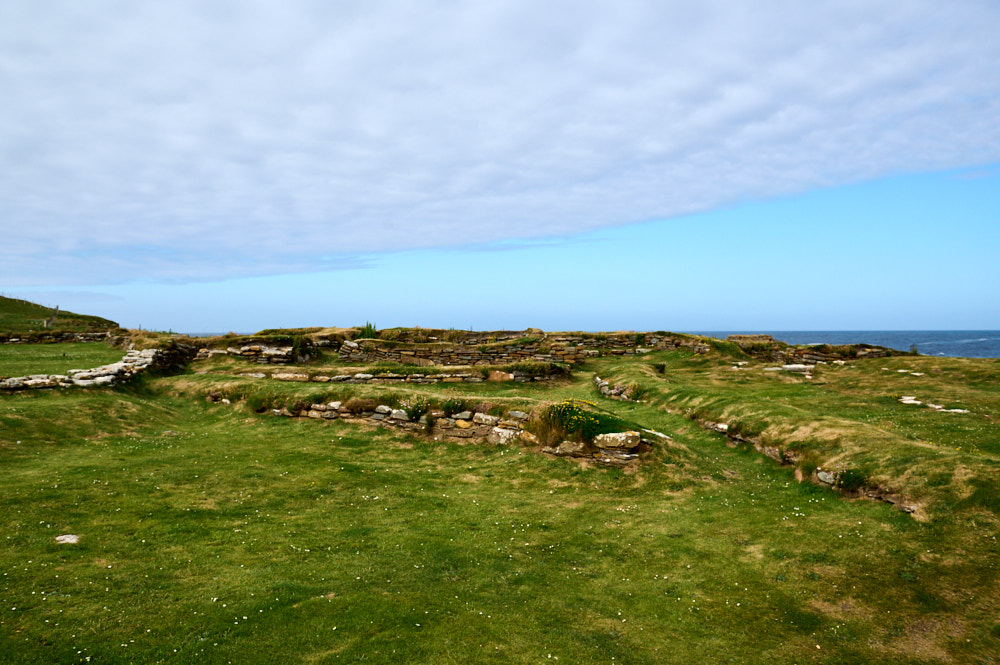
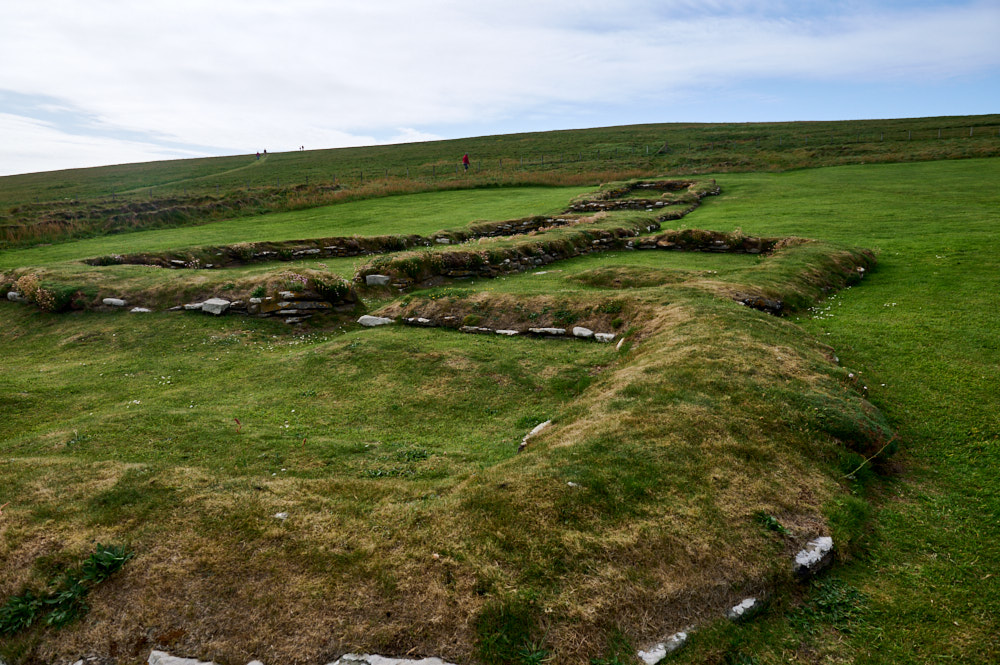
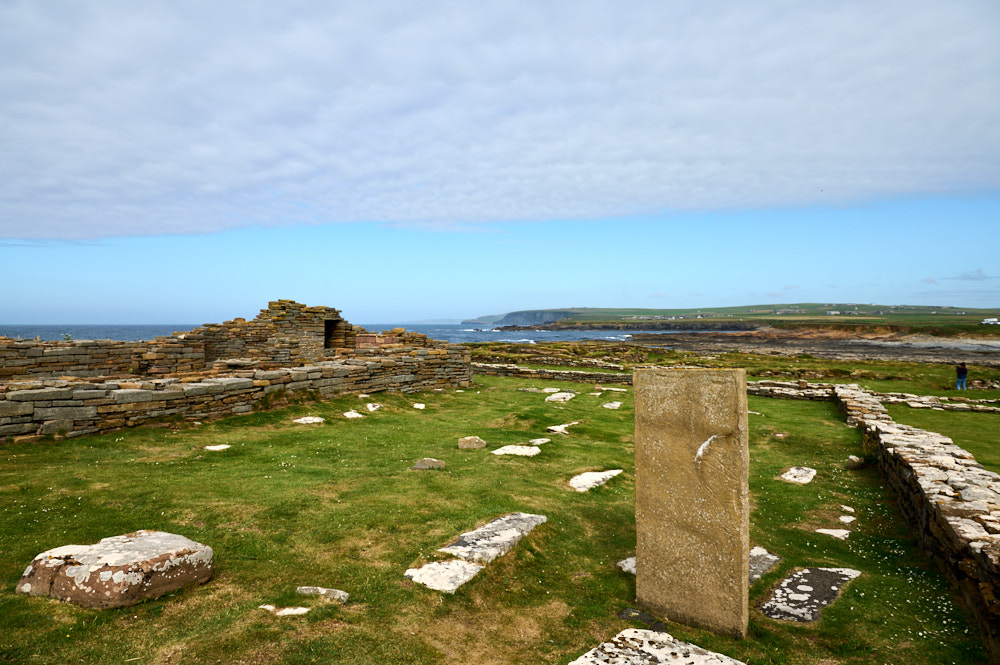

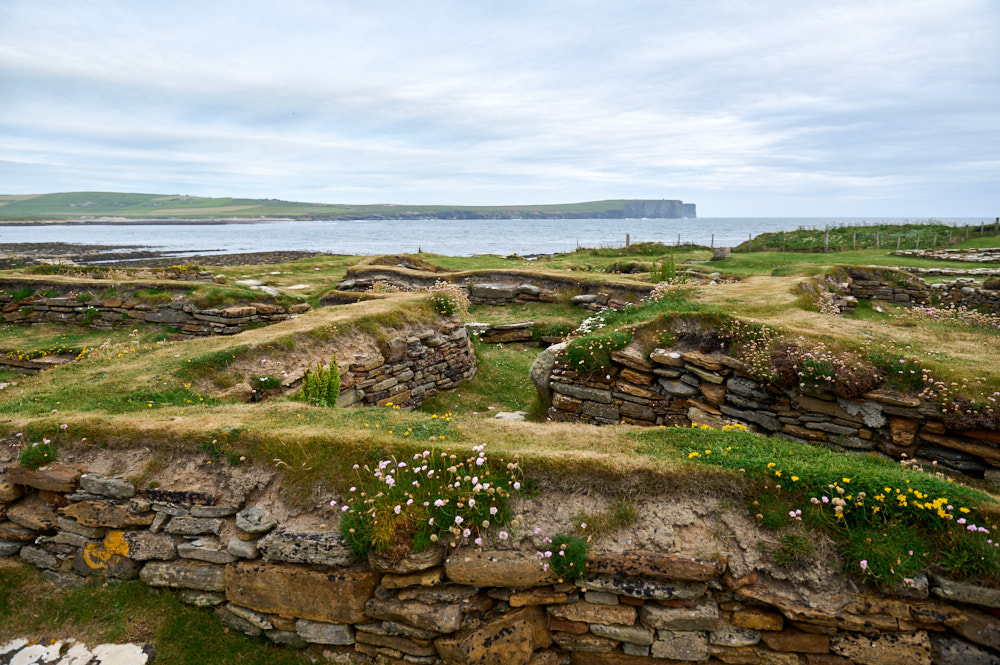


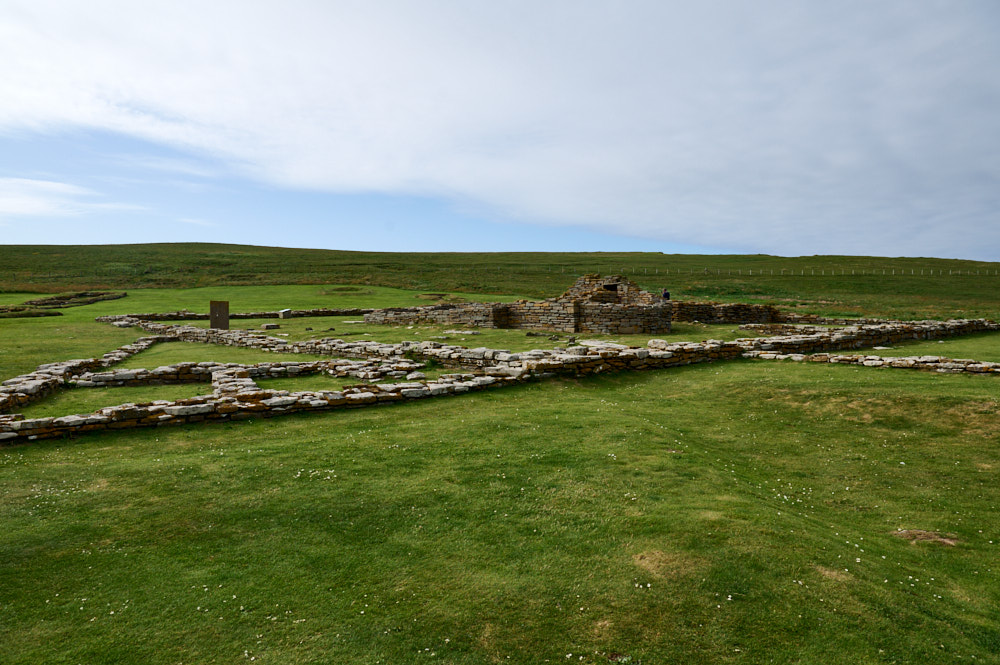
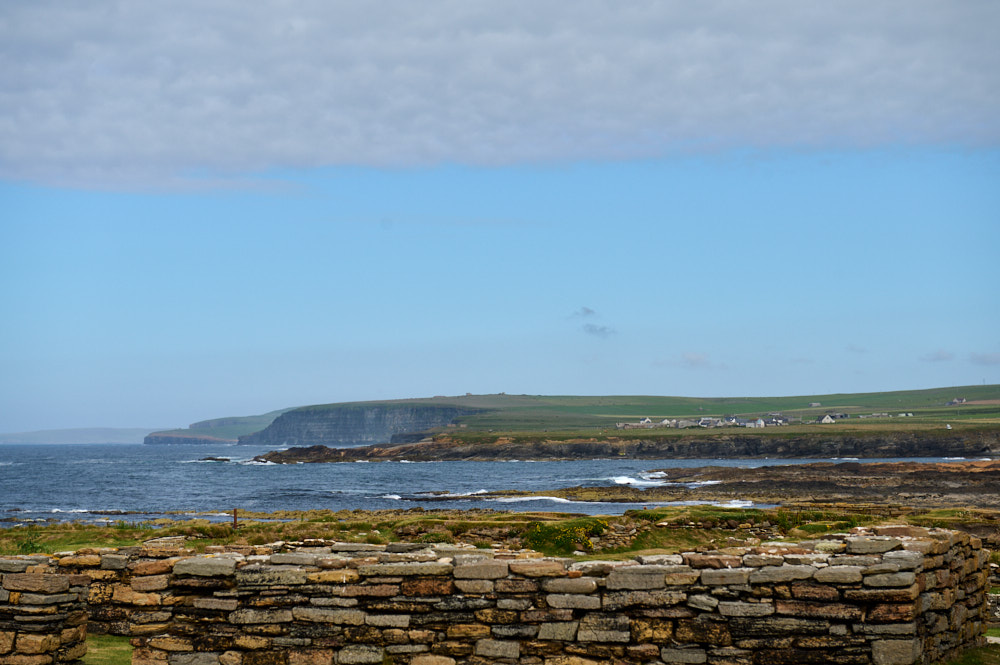
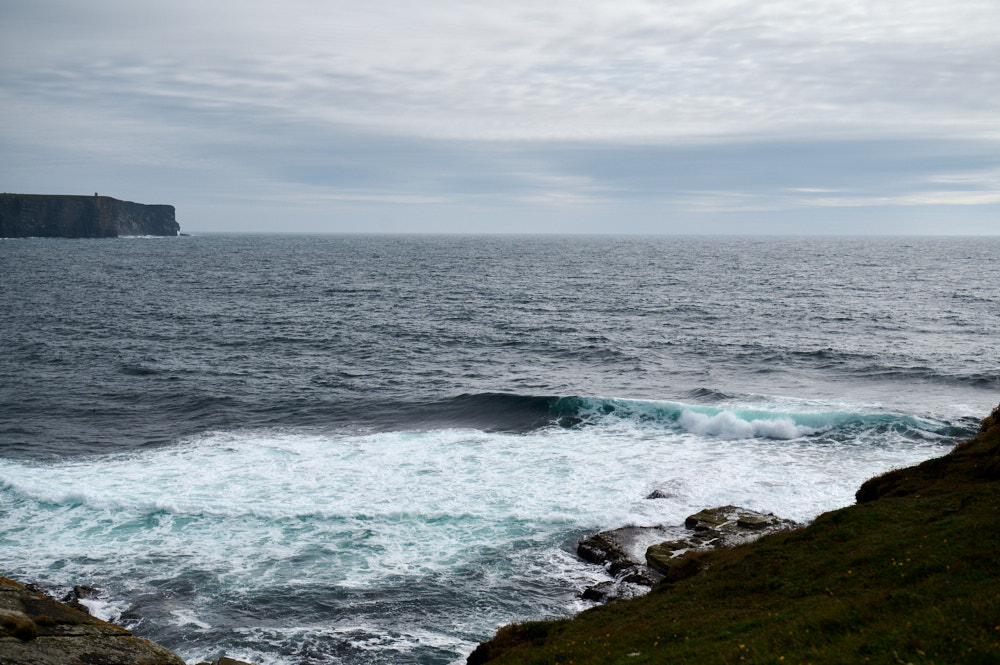

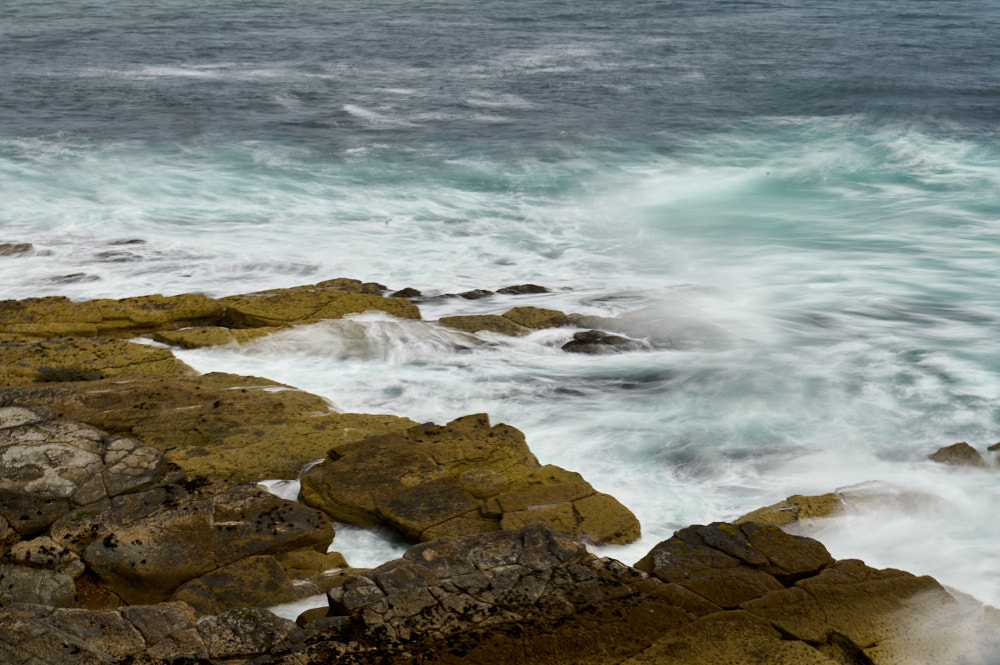

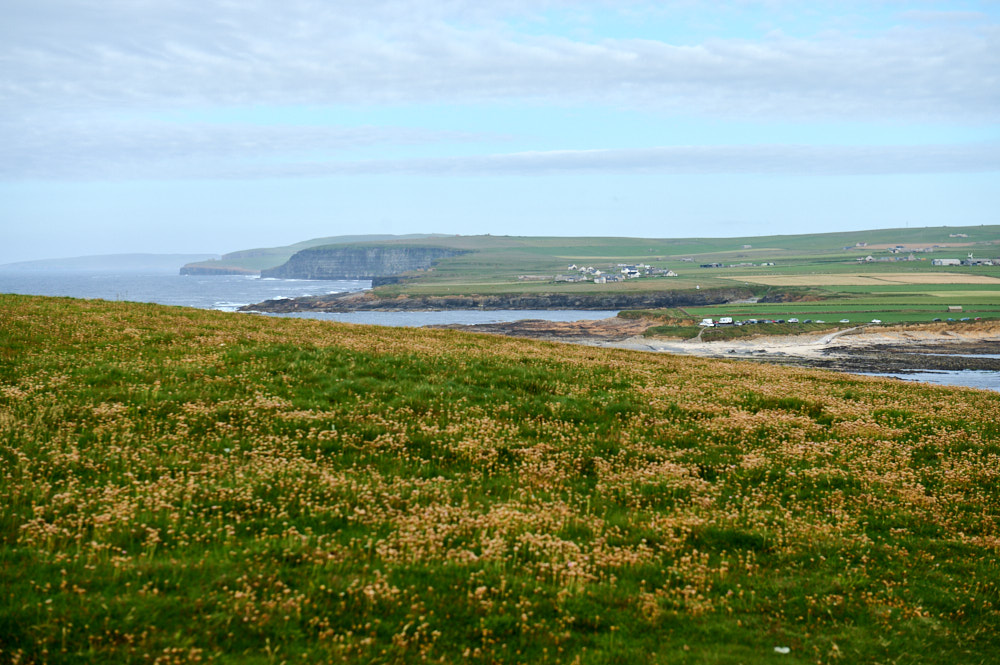
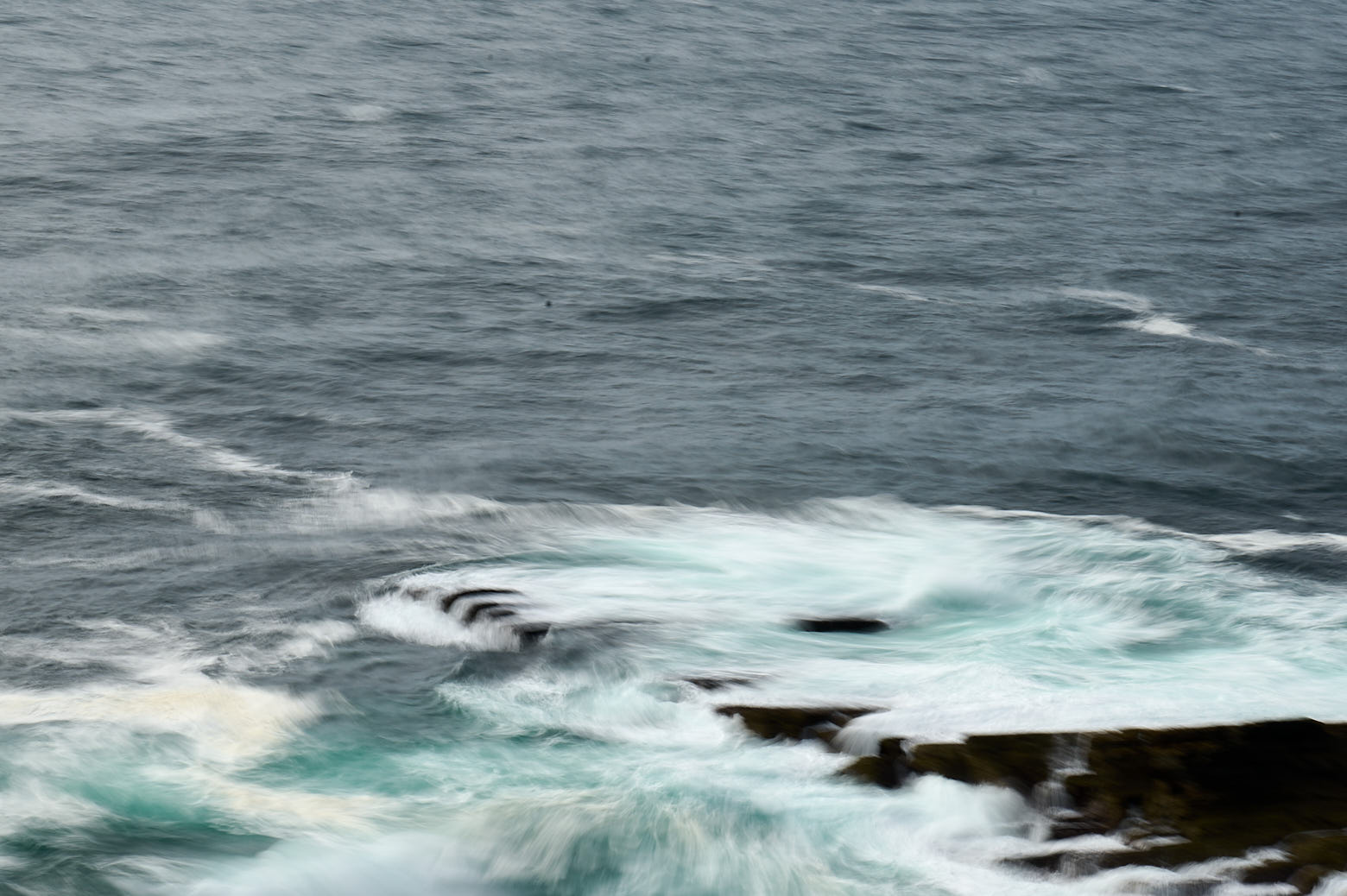
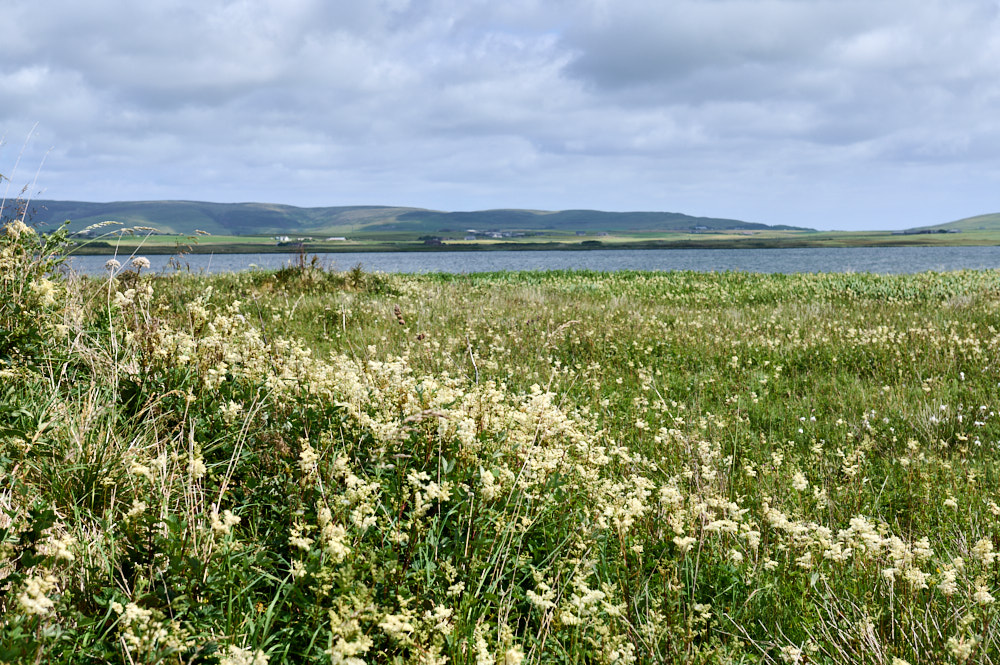 The Ring of Brodgar is one of the biggest stone circles in the UK – it is only one of two in the Ness of Brodgar, the heart of the Neolithic Orkney.
The Ring of Brodgar is one of the biggest stone circles in the UK – it is only one of two in the Ness of Brodgar, the heart of the Neolithic Orkney.